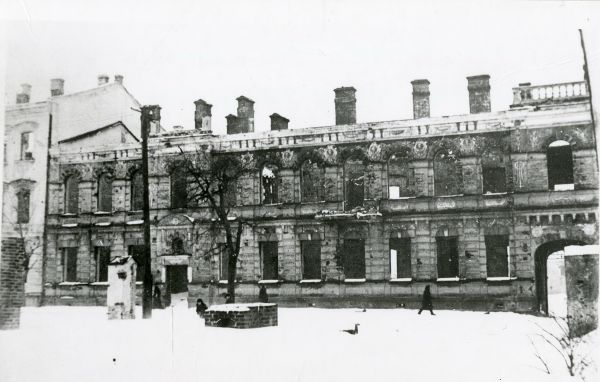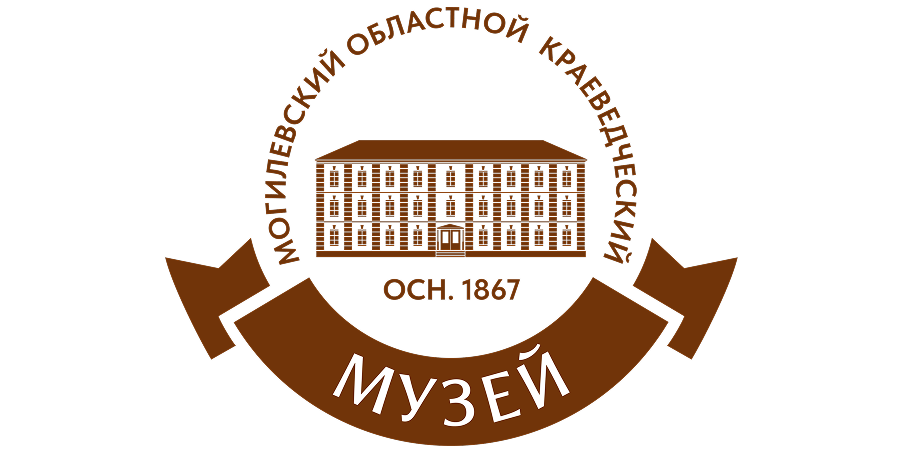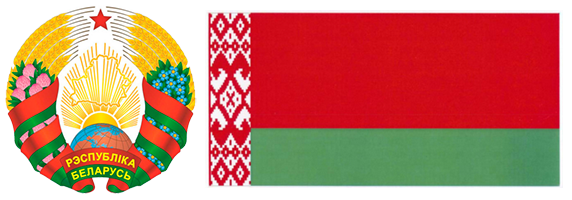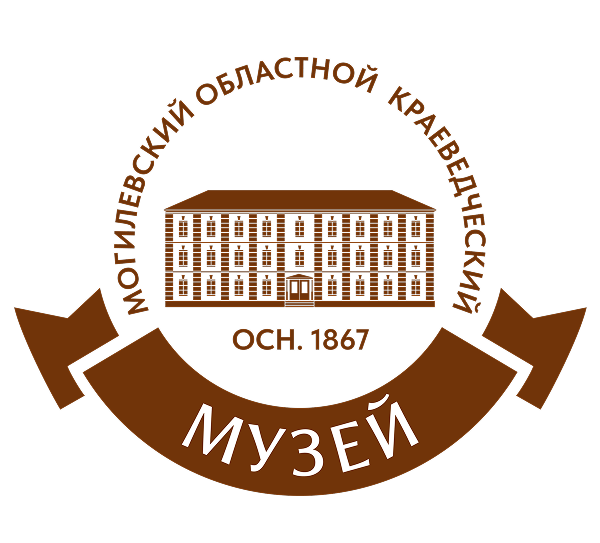 The history of museum work in Mogilev began November 15, 1867 when attached to provincial statistic committee the first Mogilev museum was founded. In 1878 the museum had three sections: historical, ethnographical & geographical. Their basis was the collection of agricultural & ethnographical implements which was made for anthropology exhibition in Moscow.
The history of museum work in Mogilev began November 15, 1867 when attached to provincial statistic committee the first Mogilev museum was founded. In 1878 the museum had three sections: historical, ethnographical & geographical. Their basis was the collection of agricultural & ethnographical implements which was made for anthropology exhibition in Moscow.
The first part of the collection was sent to Moscow in 1879, the second part was left in Mogilev museum. In time it became provincial museum. A great contribution in foundation & development of the museum made the secretary of provincial statistic committee V. Bippen, Mogilev governor A. S. Dembovetsky. Museum collections were taught & systematized by historians M. Fursov, E. Romanov, S. Chalovsky. Fursov compiled & published a catalogue of the collections «Mogilev museum description» (Mogilev, 1891). Provincial museum numbered about 1500 exhibits. Among them: the throne of Ekaterina the Great from Mogilev travelling palace; Napoleon sledge which he left during his flight from Russia; mail & ornaments from the excavations of Anelinsky barrow in Bykhov district; original deeds of Poland kings Sigizmund III & Stanislav Avgust; manuscript copy of the Gospel, 15th century; the collection of coins (more than 500 exhibits), X-XIX centuries. The great contribution in studying city`s history made such exhibits as Mogilev receipt books of 1683-1706 & Mogilev self-government institution`s acts of 1577-1756.In ethnography section of the museum it was possible to see the model of peasant`s yard, peasant`s household implements, clothes, children`s toys. In geographical section were presented soils, wood, herbariums, etc. 10
 December, 18 1904 in Mogilev was opened the second museum — ecclesiastical & archaeological. It was founded by famous Belarusian scientist Evdokim Romanov & other enthusiasts. First exhibits came from churches & monasteries: books, icons, church plate. Some exhibits had both art & historical value. For example, shroud embroidered with gold & silk, silver ceremonial hat of G. Konisski, volume of printed & manuscript books of 15-18 centuries, icons of Mogilev art school «Birth of Our Lady» 1649, etc. Museum registry had 4000 documents. The collection was refilled regularly.
December, 18 1904 in Mogilev was opened the second museum — ecclesiastical & archaeological. It was founded by famous Belarusian scientist Evdokim Romanov & other enthusiasts. First exhibits came from churches & monasteries: books, icons, church plate. Some exhibits had both art & historical value. For example, shroud embroidered with gold & silk, silver ceremonial hat of G. Konisski, volume of printed & manuscript books of 15-18 centuries, icons of Mogilev art school «Birth of Our Lady» 1649, etc. Museum registry had 4000 documents. The collection was refilled regularly.
 The biggest part of it formed materials from the excavations hold by E. R. Romanov. The museum placed in former Bernardine cathedral (hasn`t preserved). After October Socialistic Revolution museum fund was not only saved but refilled with trade in antiques & church plate. In 1918 two museums were united in a provincial museum. Later it became historical. One of the main tasks in the museum was propaganda of soviet life style: different exhibitions, lectures, etc. Museum formed collections, hold research work; different societies existed there. 14A great contribution in museum`s development in 1920th −1930th made D. I. Dovgyalo, D. T. Gusakov, A. T. Radko. In 1928-1929. Mogilev museum got valuable articles from the State antique fund of the USSR: articles from precious metal, icons, pictures, books, etc. The most unique thing from this collection was the cross of Evfrosinia Polotskaya — Belarusian national relic. All relics were kept in a special safe-room on the first floor of the museum. In the beginning of Great Patriotic War during Mogilev defense operation (July, 1941) Mogilev historical museum and its branches burnt with all exhibits.
The biggest part of it formed materials from the excavations hold by E. R. Romanov. The museum placed in former Bernardine cathedral (hasn`t preserved). After October Socialistic Revolution museum fund was not only saved but refilled with trade in antiques & church plate. In 1918 two museums were united in a provincial museum. Later it became historical. One of the main tasks in the museum was propaganda of soviet life style: different exhibitions, lectures, etc. Museum formed collections, hold research work; different societies existed there. 14A great contribution in museum`s development in 1920th −1930th made D. I. Dovgyalo, D. T. Gusakov, A. T. Radko. In 1928-1929. Mogilev museum got valuable articles from the State antique fund of the USSR: articles from precious metal, icons, pictures, books, etc. The most unique thing from this collection was the cross of Evfrosinia Polotskaya — Belarusian national relic. All relics were kept in a special safe-room on the first floor of the museum. In the beginning of Great Patriotic War during Mogilev defense operation (July, 1941) Mogilev historical museum and its branches burnt with all exhibits.
 The relics from the safe-room vanished into the air. The search is still going on. So, all articles that were collected & kept from 1867 to 1941 disappeared. After the war museum resumed its activity in 1949. The museums of Moscow & Saint Petersburg helped to form new collections. January 1, 1951 the first exposition devoted to war and post-war reconstruction was opened. The materials about soviet period in Mogilev history were also compiled. In 1957 the exposition represented period 1917-1941 was opened. I. S. Migulin, N. F. Myasnikova, A. L. Blokh, N. M. Savchenko were at the roots of post-war museum. 16In 1953 museum was renamed into Mogilev state museum of regional study. July 1, 1961 museum received its own three-stored building on the Soviet square. It is located here till now. November 5, 1967 three new sections were opened: pre-soviet, soviet & nature section. Mogilev city & its region first time could see our history from ancient times to nowadays. From 1977 to July, 1990 the museum was closed for overhaul. At the same time new exposition was planned & built.
The relics from the safe-room vanished into the air. The search is still going on. So, all articles that were collected & kept from 1867 to 1941 disappeared. After the war museum resumed its activity in 1949. The museums of Moscow & Saint Petersburg helped to form new collections. January 1, 1951 the first exposition devoted to war and post-war reconstruction was opened. The materials about soviet period in Mogilev history were also compiled. In 1957 the exposition represented period 1917-1941 was opened. I. S. Migulin, N. F. Myasnikova, A. L. Blokh, N. M. Savchenko were at the roots of post-war museum. 16In 1953 museum was renamed into Mogilev state museum of regional study. July 1, 1961 museum received its own three-stored building on the Soviet square. It is located here till now. November 5, 1967 three new sections were opened: pre-soviet, soviet & nature section. Mogilev city & its region first time could see our history from ancient times to nowadays. From 1977 to July, 1990 the museum was closed for overhaul. At the same time new exposition was planned & built.
 This exposition works nowadays. The authors of it were Saint Petersburg artists V. F. Biryukov, O. I. Tokmakov, G. S. Pevzner. July 6, 1990 two sections were opened: pre-soviet & nature section; July 3, 1993 soviet section (1917-1945) was opened. To 130th anniversary of the museum archaeology exposition was opened. New exposition of Mogilev museum of regional study was admitted one of the best in Belarus. At the end of 1990th —the beginning of 2000th museum workers formed new expositions. In a building on Pervomaiskaya street 8 were opened the following expositions: December 9, 1999 — «The rotation of Motherland», March 19, 2004 — «Provincial Mogilev». To the 70th anniversary of the Great Victory (June 28, 1944) renewed Victory exposition was opened. Museum funds keep more than 133 thousands exhibits. All of them were compiled in post-war period. It includes archaeological materials, coins collections, crosses, icons, war relics, documents.
This exposition works nowadays. The authors of it were Saint Petersburg artists V. F. Biryukov, O. I. Tokmakov, G. S. Pevzner. July 6, 1990 two sections were opened: pre-soviet & nature section; July 3, 1993 soviet section (1917-1945) was opened. To 130th anniversary of the museum archaeology exposition was opened. New exposition of Mogilev museum of regional study was admitted one of the best in Belarus. At the end of 1990th —the beginning of 2000th museum workers formed new expositions. In a building on Pervomaiskaya street 8 were opened the following expositions: December 9, 1999 — «The rotation of Motherland», March 19, 2004 — «Provincial Mogilev». To the 70th anniversary of the Great Victory (June 28, 1944) renewed Victory exposition was opened. Museum funds keep more than 133 thousands exhibits. All of them were compiled in post-war period. It includes archaeological materials, coins collections, crosses, icons, war relics, documents.



